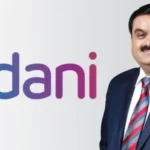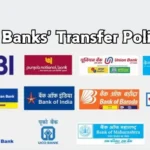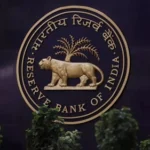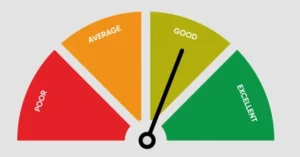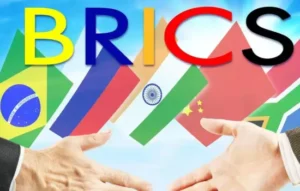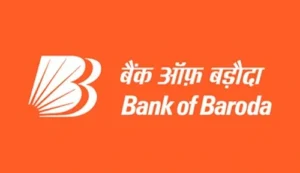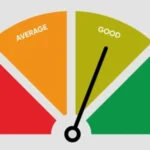HDFC Bank, one of India’s largest private sector banks, has been a significant player in the country’s financial sector since its inception in 1994. Known for its robust financial performance, customer-centric approach, and technological innovation, the bank has consistently maintained its leadership position in the industry. A SWOT (Strengths, Weaknesses, Opportunities, Threats) analysis provides a comprehensive view of HDFC Bank’s current status and future prospects, guiding strategic decisions in an evolving financial landscape.
Current Overview of HDFC Bank
HDFC Bank continues to exhibit strong financial stability and operational efficiency. The bank’s recent merger with HDFC Ltd., completed in July 2023, has further solidified its position, making it one of the most powerful financial entities in the country. This merger has allowed the bank to expand its customer base, product offerings, and market reach, enhancing its ability to compete in a highly dynamic and competitive banking environment.
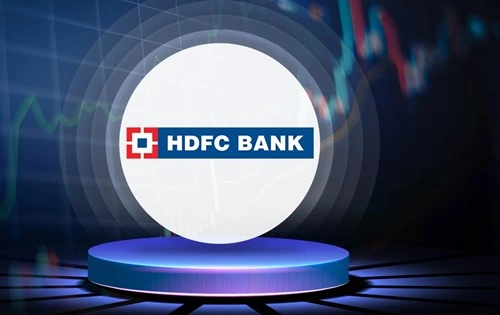
Strengths
1. Strong Brand and Financial Stability: HDFC Bank enjoys a strong brand reputation built on consistent performance, ethical practices, and a customer-first approach. The bank’s financial stability is evidenced by its robust balance sheet, steady revenue growth, and high profitability.
2. Technological Innovation: The bank is a leader in adopting cutting-edge technologies. Its emphasis on digital banking solutions, mobile applications, and online services has positioned it as a tech-savvy institution, which appeals to a younger, tech-oriented demographic.
3. Extensive Network: HDFC Bank boasts a vast network of branches and ATMs across India, making banking services easily accessible to a broad customer base, including those in rural areas.
4. Diverse Product Portfolio: The bank offers a wide range of financial products and services, including retail and corporate banking, wealth management, and insurance, catering to various customer needs and preferences.
Weaknesses
1. Heavy Reliance on Retail Banking: A significant portion of HDFC Bank’s revenue comes from its retail banking segment. This concentration exposes the bank to risks associated with fluctuations in consumer behavior and economic downturns.
2. Geographic Concentration: While HDFC Bank has a strong presence in India, its operations are heavily concentrated within the country. This makes the bank vulnerable to local economic challenges, regulatory changes, and political risks.
3. Regulatory Scrutiny: As one of India’s leading financial institutions, HDFC Bank is subject to stringent regulatory oversight. Adapting to frequent regulatory changes can be challenging and may impact the bank’s operational flexibility and growth.
4. Customer Service Challenges: Despite its customer-centric approach, the bank has faced criticism for issues like long wait times and limited branch coverage in certain areas, which can negatively affect customer satisfaction.
Opportunities
1. Digital Expansion: The ongoing digital revolution presents HDFC Bank with opportunities to further enhance its digital footprint. Investing in emerging technologies like blockchain, artificial intelligence, and machine learning can improve operational efficiency and customer experience.
2. Market Expansion: There are significant opportunities for HDFC Bank to expand its presence in underserved regions, particularly in rural and semi-urban areas. This expansion can help the bank tap into new customer segments and drive growth.
3. Wealth Management and Financial Planning: The increasing demand for personalized financial services presents an opportunity for HDFC Bank to grow its wealth management and investment advisory services, offering tailored solutions to its customers.
4. Strategic Partnerships: Collaborations with fintech companies and other financial institutions can open up new revenue streams and drive innovation, helping the bank stay competitive in a rapidly changing market.
Threats
1. Intense Competition: The Indian banking sector is highly competitive, with both traditional banks and new-age fintech companies vying for market share. This competition necessitates continuous innovation and differentiation for HDFC Bank to maintain its leading position.
2. Regulatory Changes: The banking industry is subject to frequent regulatory changes, which can pose significant challenges. Staying compliant while adapting to new regulations can be costly and time-consuming.
3. Cybersecurity Risks: As the bank continues to expand its digital services, the risk of cyber-attacks and data breaches increases. Ensuring robust cybersecurity measures is crucial to maintaining customer trust and protecting sensitive information.
4. Economic Uncertainty: Economic downturns, both domestic and global, can impact consumer spending, loan repayments, and overall banking activity. Such uncertainties pose a risk to HDFC Bank’s profitability and growth.
Conclusion
HDFC Bank’s SWOT analysis highlights its strong position in the Indian banking sector, supported by a solid brand reputation, financial stability, and technological innovation. However, the bank must address challenges like its heavy reliance on retail banking and geographic concentration. By leveraging opportunities in digital transformation, market expansion, and strategic partnerships, and by staying vigilant to emerging threats, HDFC Bank is well-positioned to maintain its leadership and continue its growth trajectory in 2024 and beyond.


